CSS Frameworks : Best 5 for Developers & Designers
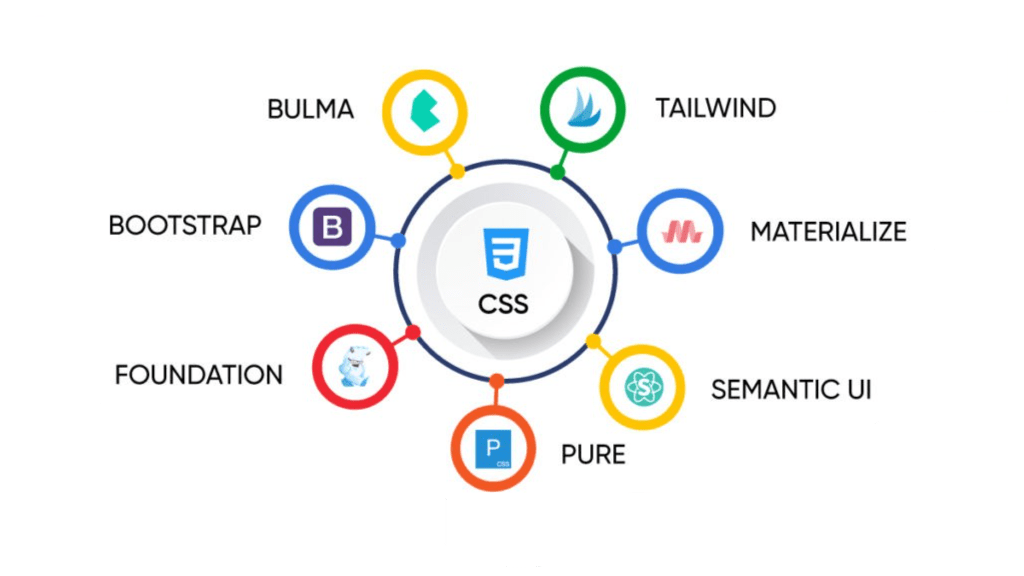
CSS frameworks are a set of ready-to-use CSS stylesheets that web developers and designers can use for creating standard web design functions. These include setting colors, fonts, layout, navigation bars, etc. CSS frameworks are expanded by other scripting technologies like SASS and JavaScript.
In this article, we will discuss the advantages of using CSS frameworks and explore the top 5 CSS frameworks for website developers and designers.
Advantages of Using CSS Frameworks
Advanced Features and Visual Elements
With CSS frameworks, developers and designers can implement advanced features and visual elements such as forms, buttons, navbars, breadcrumbs, and clean symmetrical layouts on a website.
Compatibility with Multiple Browsers
CSS frameworks make it simple to create websites that are compatible with multiple browsers and browser versions. This reduces the likelihood of bugs popping up during cross-browser testing.
Faster and More Convenient Web Development
Since these frameworks have ready-to-use stylesheets in place, using them allows faster and more convenient web development. Users don’t have to dive deep into CSS code to accomplish required tasks.
Quick Generation of User-Friendly and Visually Appealing UI
Developers can quickly generate a user-friendly and visually appealing UI that can be modified throughout a project without starting from scratch.
Top 5 CSS Frameworks for Website Developers and Designers
1. Bootstrap
Bootstrap is an open-source framework containing CSS and JavaScript-based templates for interface components. Developed by Jacob Thornton and Mark Otto at Twitter, Bootstrap is known for popularizing the focus on responsive design among web developers. With Bootstrap, developers don’t have to build separate projects around adjusting a site for smaller screen sizes. They just need to incorporate the necessary Bootstrap classes, and the design adjusts itself.

Why Choose Bootstrap?
Massive Ecosystem: Among front-end frameworks, Bootstrap’s ecosystem is unmatched. It offers a vast library of layouts, themes, UI elements, panels, modals, buttons, alerts, cards, etc., that developers and designers can choose from and implement. Additionally, Bootstrap is backed by best-in-industry community support.
Accelerated Prototyping: When using Bootstrap, designers can just write out their HTML code, include the relevant CSS classes, and achieve website responsiveness. They don’t have to spend time adjusting for browser incompatibility, CSS positioning, and the like.
Twitter Support: Bootstrap grew out of, and is backed by Twitter, which establishes its efficacy.
Supports SASS and LESS: Bootstrap supports both SASS and LESS, making it highly desirable.
2. Tailwind CSS
Tailwind CSS is a “utility-first CSS framework” that comes with classes equipped to build custom UI designs directly in the users’ markup. It is handy to implement inline styling to rustle up a stunning UI without writing any CSS.
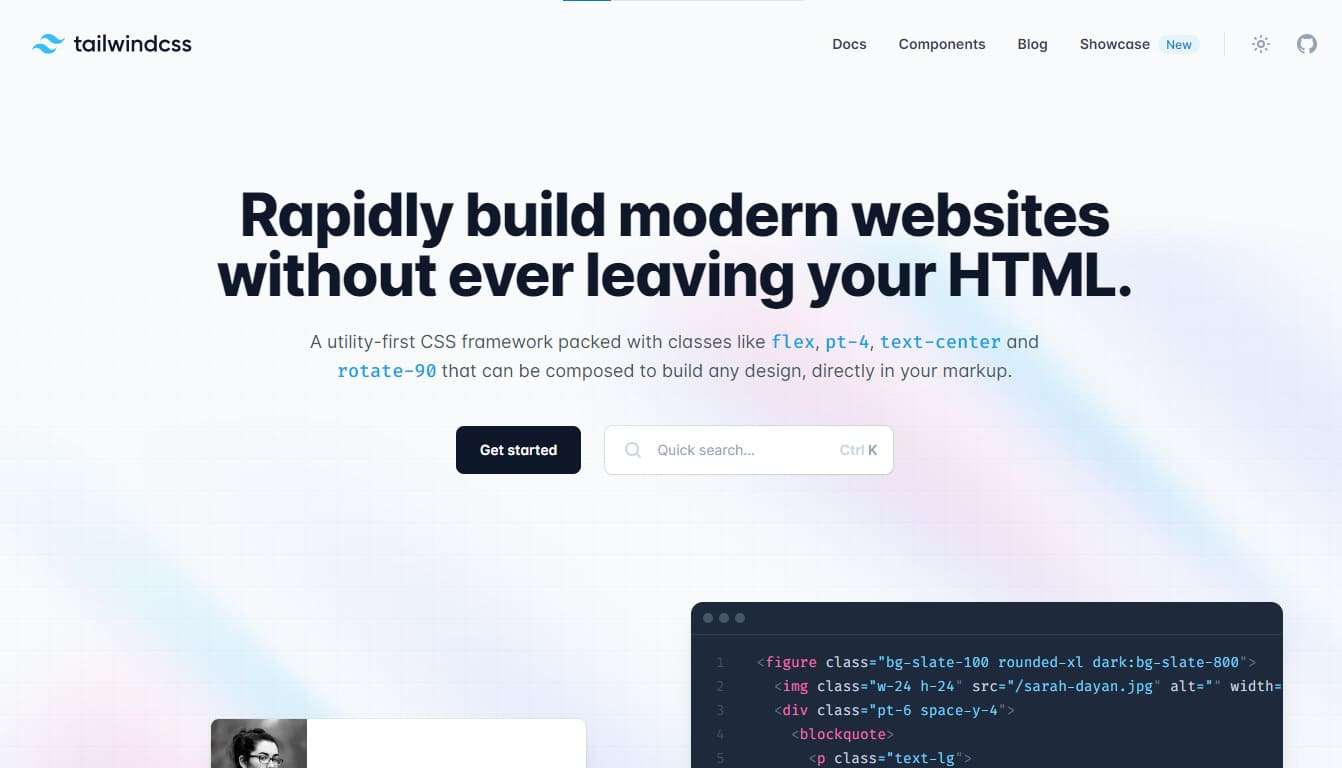
Why Choose Tailwind CSS?
Highly Customizable: Tailwind CSS comes with a default configuration, but it can be overridden with a tailwind.config.js file. This enables easy customization of styling, themes, spacing, palettes, etc.
Commonly used Utility Pattern: With Tailwind CSS, users can cut down on having to name too many classes. It comes with common utility patterns to deal with standard requirements: specifying and organizing classes, cascading classes, etc. Creating custom components becomes so much easier. Instead of hard-coding, just use the theme() function to derive values from configuration files.
PurgeCSS Optimization: PurgeCSS reduces file size by scanning HTML code and eliminating unused classes. In combination with Tailwind CSS, this is particularly useful. As a project expands, so does the size of accompanying CSS files. Optimizing via PurgeCSS reduces and cleans up CSS file size, making it infinitely more manageable, especially before deployment.
3. Foundation
Foundation is a responsive front-end framework that offers both HTML and CSS frameworks. It is an ideal choice for developers and designers looking for a framework that can build responsive designs and offers customizability.
With Foundation, users have access to a broad range of UI components, including pre-built templates, plugins, and widgets, and can easily incorporate them into their web pages.
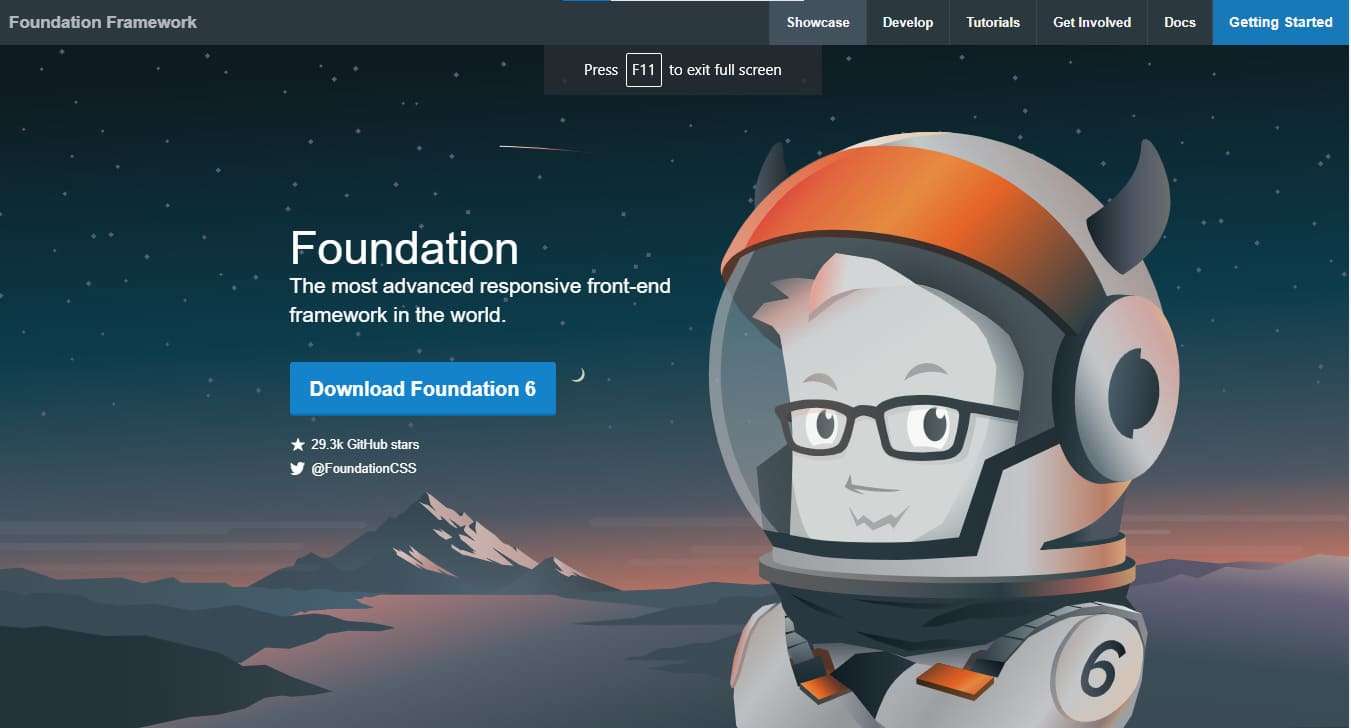
Why Choose Foundation?
Highly Responsive: Foundation is a highly responsive framework that offers both mobile-first and responsive designs. It offers support for all types of devices, making it easy for developers to create mobile-friendly websites.
Easy Customization: Foundation is highly customizable and comes with pre-built templates, widgets, and plugins that can be incorporated into a website. It also provides a visual editor for creating custom templates and designs.
Strong Community Support: Foundation has a strong community of developers who are constantly improving and updating the framework. This means that users can expect to have access to the latest updates, bug fixes, and features.
Advanced UI Components: Foundation offers advanced UI components like modals, off-canvas navigation, and forms that are highly customizable and easy to use.
4. Bulma
Bulma is a modern CSS framework that emphasizes simplicity and modularity. It is designed to be highly flexible and easily customizable.
Bulma offers a wide range of pre-built components and is highly responsive, making it easy for developers to create mobile-friendly websites.
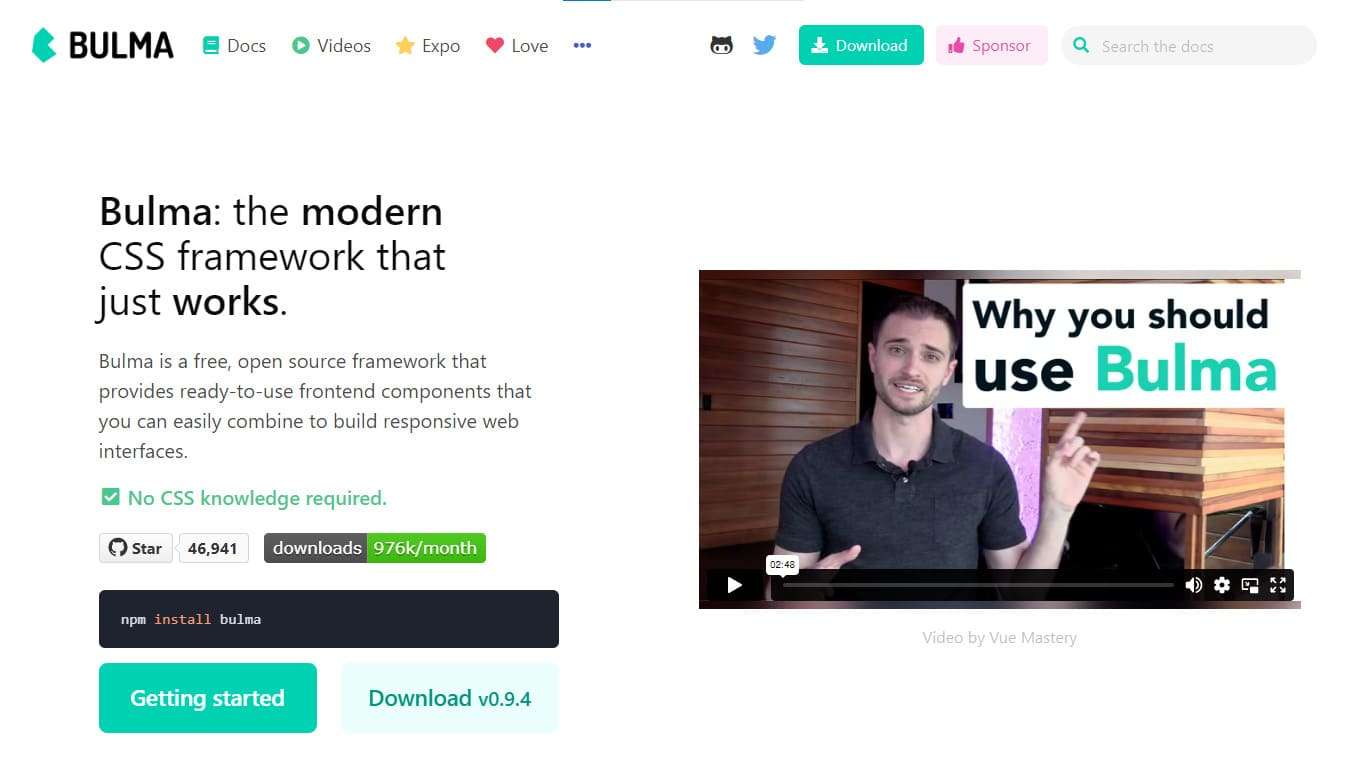
Why Choose Bulma?
Easy to Learn: Bulma is designed to be easy to learn and use. Its modular structure makes it easy to customize and integrate into any project.
Highly Customizable: Bulma is highly customizable and offers a wide range of pre-built components that can be easily customized to match the look and feel of any website.
Strong Community Support: Bulma has a strong community of developers who are constantly improving and updating the framework. This means that users can expect to have access to the latest updates, bug fixes, and features.
Clean and Simple Design: Bulma’s clean and simple design makes it a popular choice among developers and designers who prefer a minimalist look.
5. Semantic UI
Semantic UI is a modern CSS framework that emphasizes a semantic approach to web development. It uses human-friendly HTML to describe UI elements and is designed to be highly customizable.
Semantic UI offers a wide range of pre-built components and is highly responsive, making it easy for developers to create mobile-friendly websites.
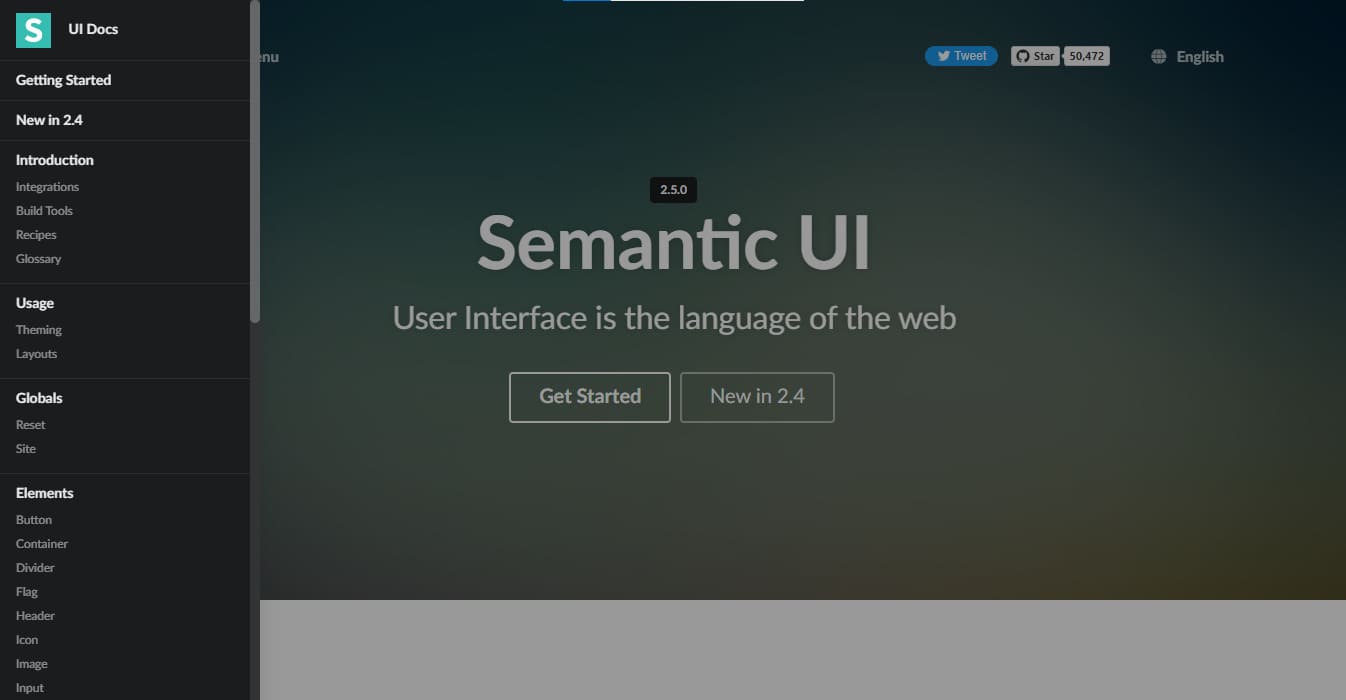
Why Choose Semantic UI?
Semantic Approach: Semantic UI’s approach to web development emphasizes human-friendly HTML that is easy to read and understand. This makes it easy for developers to create clean, organized code that is easy to maintain and update.
Highly Customizable: Semantic UI is highly customizable and offers a wide range of pre-built components that can be easily customized to match the look and feel of any website.
Strong Community Support: Semantic UI has a strong community of developers who are constantly improving and updating the framework. This means that users can expect to have access to the latest updates, bug fixes, and features.
Accessibility: Semantic UI is designed with accessibility in mind, making it easy to create websites that are accessible to all users.
Conclusion
Choosing the right CSS framework for your project is essential for creating beautiful, responsive, and user-friendly websites. The top five frameworks discussed in this article – Bootstrap, Tailwind CSS, Foundation, Bulma, and Semantic UI – are all excellent choices for developers and designers looking for a reliable and customizable framework to build their web projects.
Each framework has its strengths and weaknesses, and it is up to the developer or designer to choose the framework that best suits their needs. Whether you are looking for a highly customizable framework like Bulma or a comprehensive framework like Bootstrap, the right CSS framework
PostCategories
Categories
- Digital Marketing (6)
- Everything Else (5)
- SEO (3)
- UI/UX (3)
- Web Development (3)
- WordPress (8)
AboutAuthor
 Hi I’m Rehan! I’m a highly experienced full stack web developer and web optimizer from India. I’m specialize in custom WordPress theme development and plugin development. I love to share my knowledge and help the world to build a better web.
Hi I’m Rehan! I’m a highly experienced full stack web developer and web optimizer from India. I’m specialize in custom WordPress theme development and plugin development. I love to share my knowledge and help the world to build a better web. 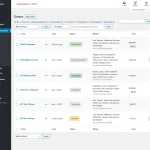

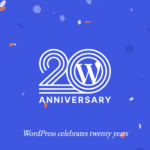
No comment yet, add your voice below!